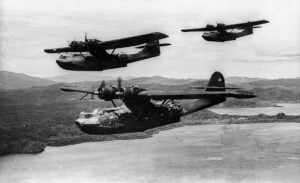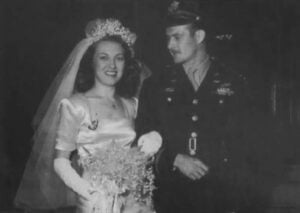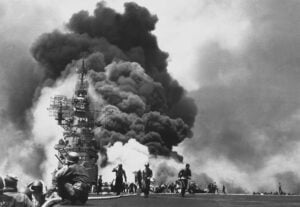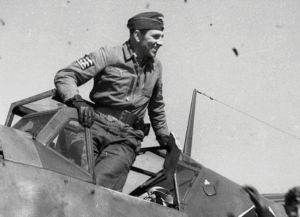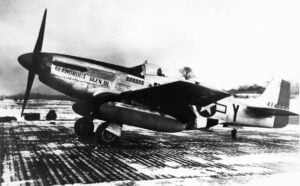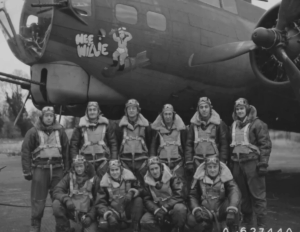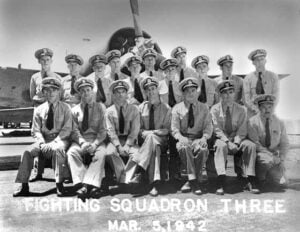Why Japanese Forces Feared the P-51 Mustang’s Air Superiority in WWII
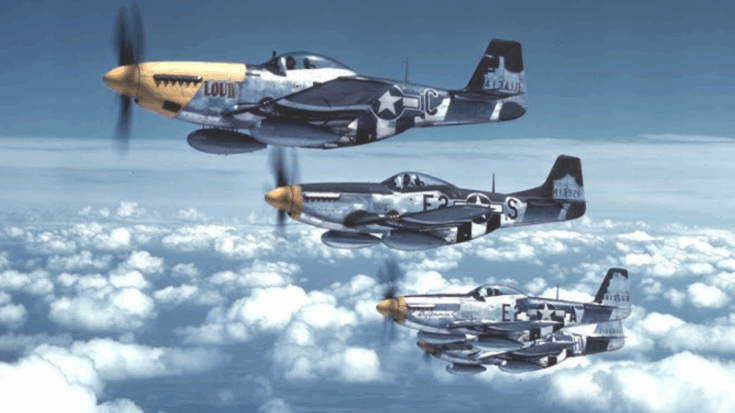
War Tales Uncharted / YouTube
The Dawn of a New Power
By 1943, the Pacific skies had become a deadly arena. Japan’s Zero fighter once ruled the air, agile and deadly at low speeds. But when the North American P-51 Mustang entered the scene, the balance began to shift. It wasn’t just faster—it could outclimb, outdive, and outlast nearly every opponent it met. The Japanese soon realized that the Mustang represented something far greater than a new aircraft. It was a symbol of American industrial strength and evolving air strategy.
The P-51 Mustang could fly over 1,600 kilometers with external fuel tanks, a range unheard of in early World War II fighters. This endurance allowed U.S. pilots to escort bombers deep into enemy territory, including missions over Tokyo. Japanese pilots, who were trained for shorter-range engagements, suddenly faced an enemy that could pursue them across vast distances. The skies that once felt safe were no longer theirs.
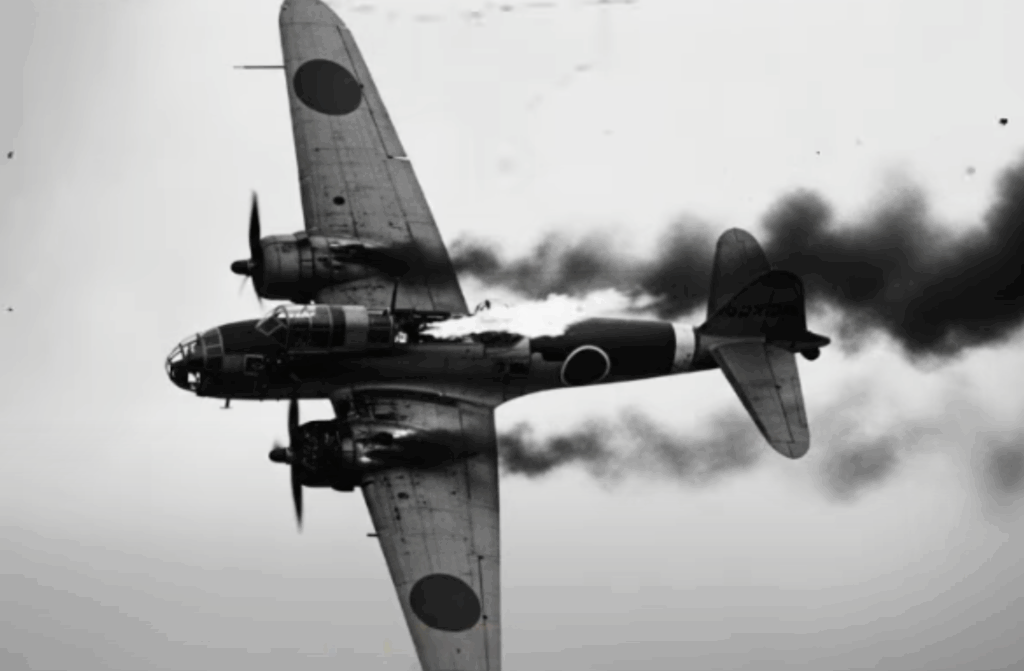
Engineering That Changed the War
The Mustang’s design began with a simple goal—speed and efficiency. Its laminar-flow wing reduced drag, while its streamlined fuselage made it faster than anything Japan had built. Early versions used the Allison engine, which limited performance at high altitude. But when the British fitted it with the Rolls-Royce Merlin engine, everything changed. The aircraft could now operate effectively above 30,000 feet, matching and surpassing Japan’s best interceptors.
Its combination of range, speed, and firepower made it a perfect escort for B-29 bombers. Japanese pilots found themselves unable to attack bomber formations without risking destruction from Mustangs flying high above and behind. This single innovation turned daylight bombing from a near-suicidal mission into a strategic advantage.
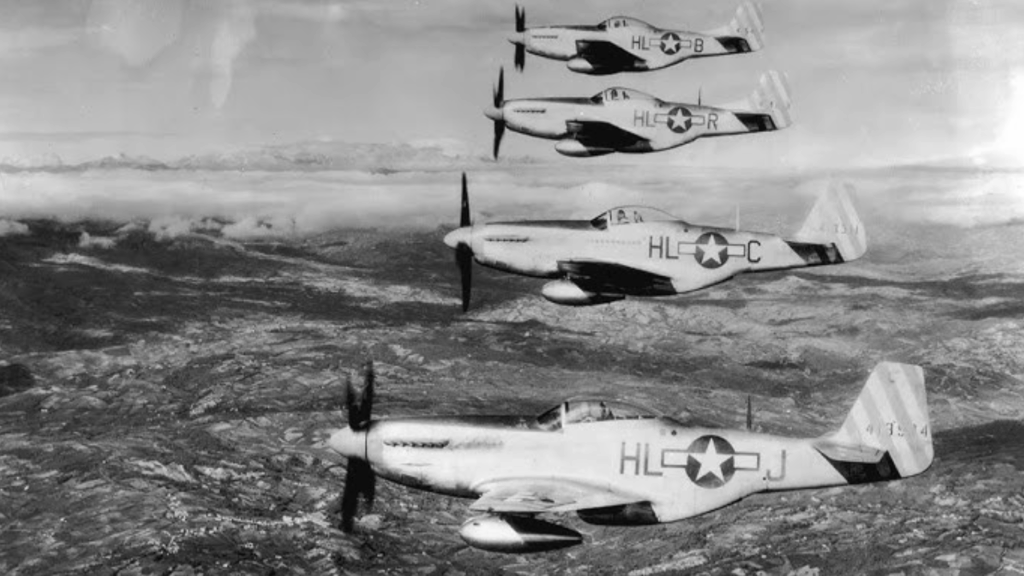
The Human Element in Air Superiority
Technology alone didn’t win the air war. American pilots were trained with an emphasis on coordination and endurance, while many Japanese aces were lost early in the conflict with no veteran replacements. The Mustang’s reliability allowed new American pilots to gain experience safely, while Japan struggled with limited fuel and spare parts.
For Japanese aviators, every encounter with the Mustang tested both skill and spirit. The P-51’s six .50-caliber machine guns tore through lightweight aircraft that lacked armor protection. Pilots who once dominated dogfights with the Zero now faced a machine that could outrun them in a climb and strike from altitudes they couldn’t reach. Fear spread not only from defeat in combat but from the realization that no tactics could neutralize the Mustang’s advantages.
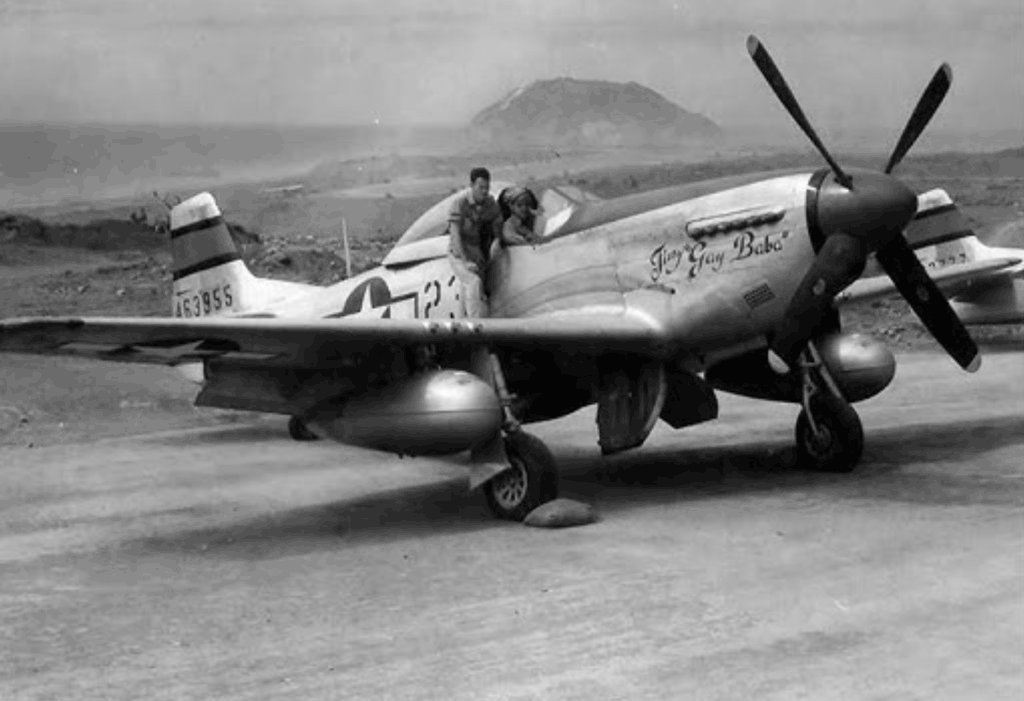
The Turning Point in the Pacific
By late 1944, the impact of the P-51 was fully visible. Long-range escort missions protected Allied bombers during raids on the Japanese mainland. The Mustang’s presence meant American aircraft could strike with precision and return safely—something impossible before its arrival. This air coverage crippled Japanese industrial and naval power.
For Japan, the loss of control in the sky was devastating. Skilled pilots were irreplaceable, fuel reserves were nearly gone, and morale fell as American formations flew unchallenged. The P-51 was not just another weapon—it was the sign that Japan’s air dominance had ended.
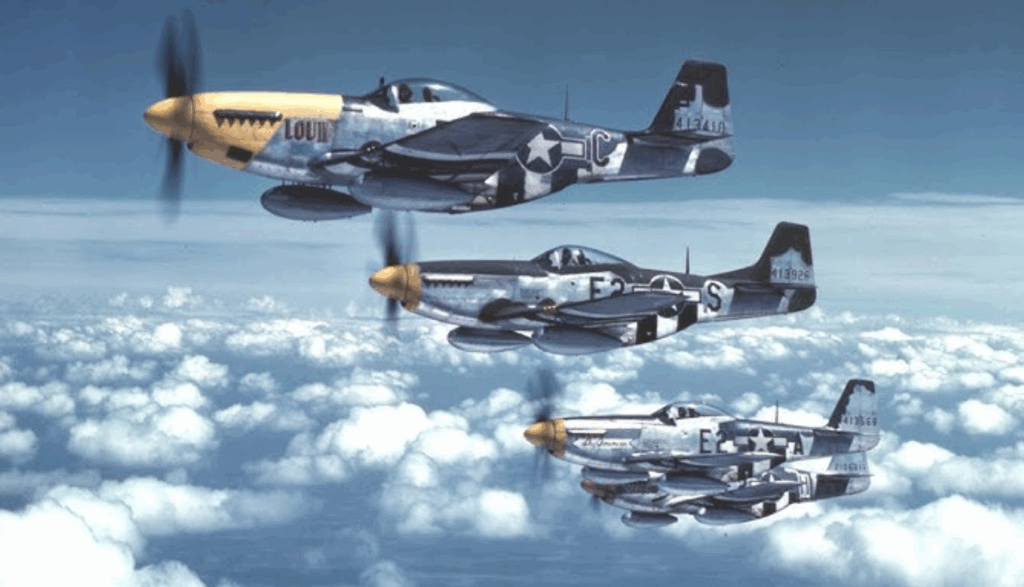
A Machine That Redefined Warfare
The Mustang’s story was more than just engineering success; it was the merging of necessity, innovation, and timing. It represented the full strength of Allied cooperation—the design refined in America, the engine perfected in Britain, and the tactics forged in countless battles. The Japanese had once believed their pilots’ skill could overcome any machine. The P-51 proved otherwise.
By the war’s final year, its silver silhouette symbolized Allied control over the skies of the Pacific. For every Japanese pilot who faced it, the fear wasn’t just about being outgunned—it was about realizing that air superiority had shifted permanently. The age of the Mustang had arrived.













